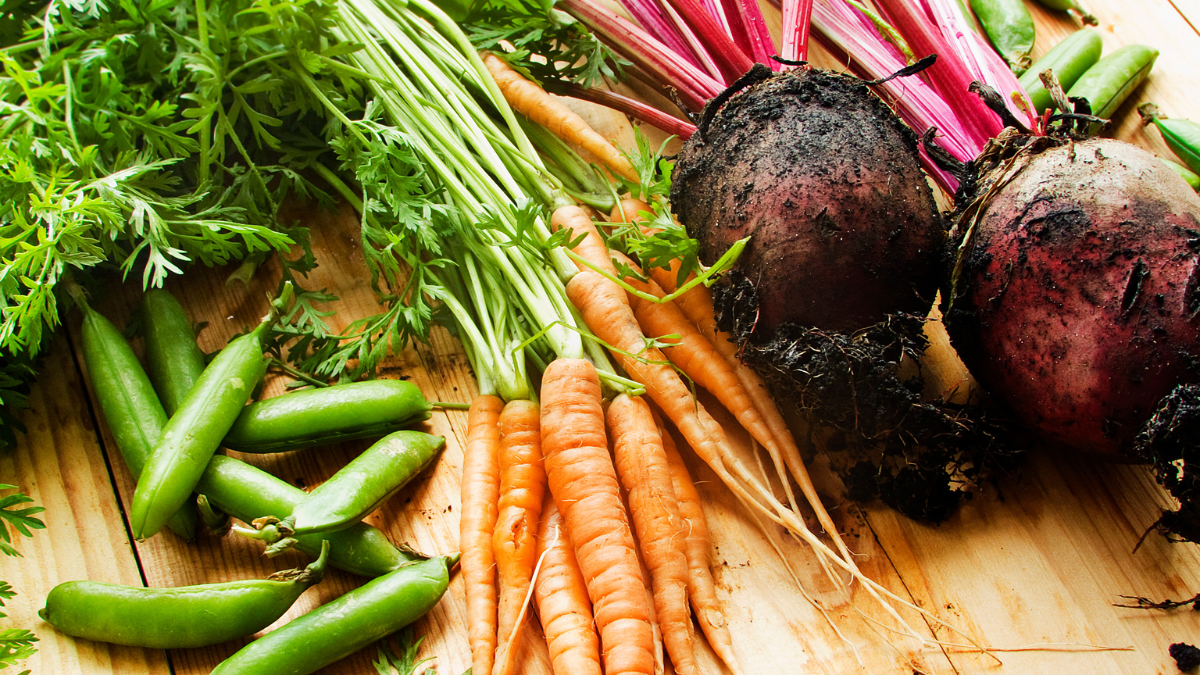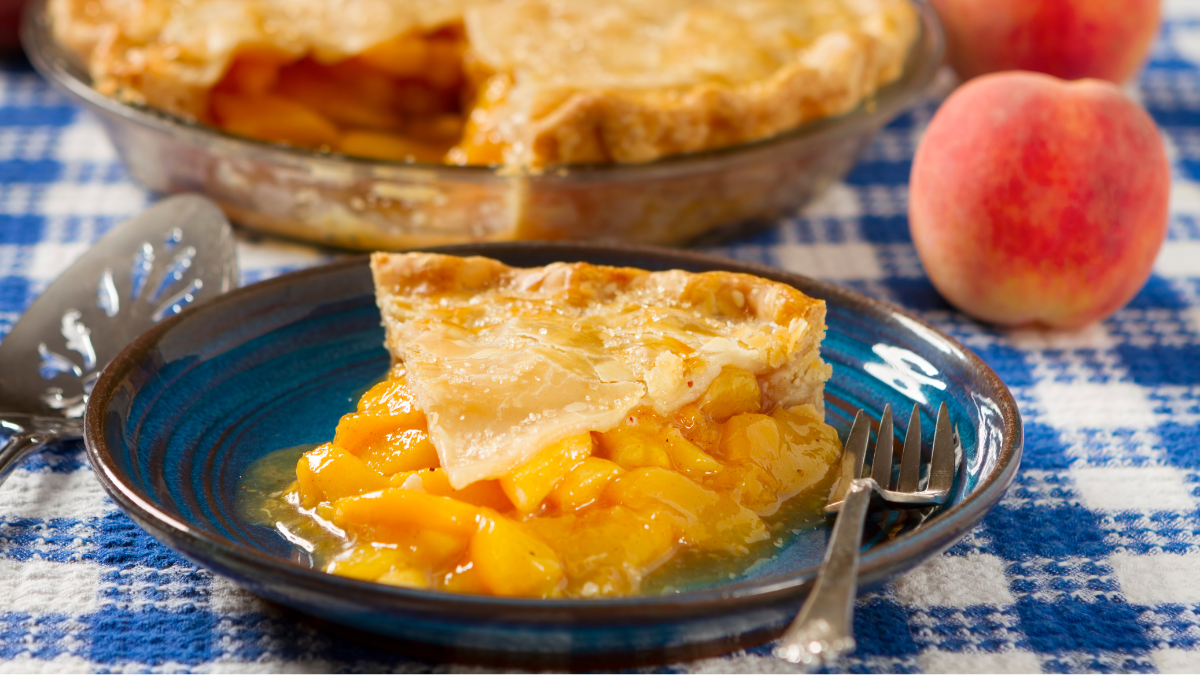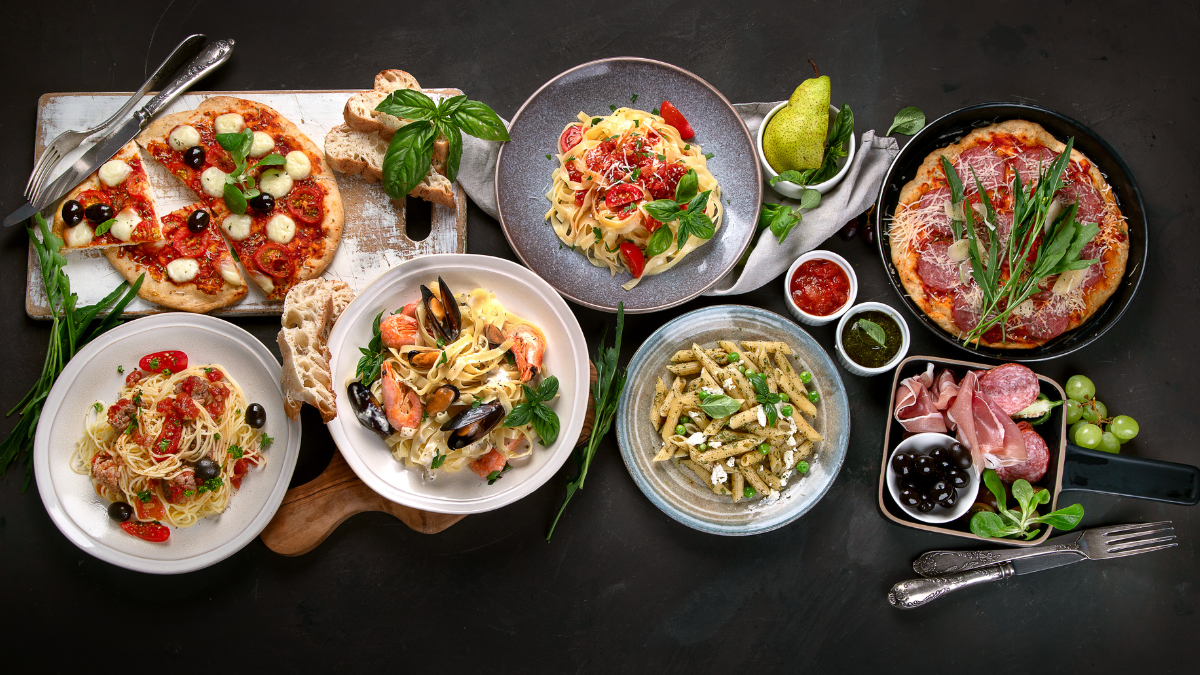There’s no better way to celebrate the special women in your life than by creating…

4 Ways to Prepare Your Spring Garden
Chefs and outdoorsmen alike patiently wait for the return of warmer weather. With spring quickly approaching, it’s time to start considering if you are going to plant a garden this year. Whether you are a green thumb or a numb thumb, growing vegetables is a possible and fun endeavor that can help take your cooking to the next level. Using fresh herbs, fruits, and vegetables adds an extra special touch to your food that your guests will appreciate, and it can help you live a healthier lifestyle. To help you achieve the garden of your dreams, we’ve put together 4 ways to prepare your spring garden.
Choose your seeds
Deciding what to plant in your garden can be overwhelming. Luckily, if you’re a fan of Italian cuisine, many Italian dishes use the same base ingredients, which can narrow down those choices for you. The most obvious and one of the easiest plants to grow is tomatoes. We recommend either cherry or glacier tomatoes, or both if you have the space. They are easy to grow and are very versatile, whether you want to make a homemade red sauce or a bruschetta.
Other plants that work well with Italian dishes and other cuisines are eggplants, bell peppers, cauliflower, and squash. Be sure to research the specific varieties and types of plants though, as some of these vegetables thrive when they are planted in warm soil. To make this year’s harvest as bountiful as possible, you may want to consider planting some of these in an indoor pot at first, and then transferring them to your outdoor garden in late spring as the weather warms up.
Consider a herb or indoor garden
Whether you have a garden box outdoors or not, you can still have a lush garden full of ingredients for your fresh cooking needs. A herb garden is a popular option amongst both homeowners and apartment renters. Italian dishes in particular utilize a lot of herbs, but they are also popular in American food and Middle Eastern cuisine.
Some favorite versatile herbs to grow at home include basil, oregano, rosemary, and thyme. These herbs are easy to care for and are hearty for even the least experienced gardeners. Another great indoor plant to add to your list this spring is lettuce. While it can be planted outside, there has been a recent rise in tower planters for lettuce. Some of these planters are even self-watering and fertilizing, making it another great, easy ingredient that you can enjoy in your kitchen.
Start a planting calendar
If you are planning on planting a variety of different plants, chances are that they will be ready for transplanting outside and harvesting at different times. In order to keep track of your plants’ growth and progress, it’s important to stay organized in your garden. One great way to do this is by starting a planting calendar.
Either on a physical calendar, in a notebook, or online, you should write down the day you planted your vegetables, herbs, and fruits. You should also make a note of when they should be ready for harvest. Throughout the growing season, it might also be helpful to keep notes of any changes you see such as unexpected growth or diseases that your plants might encounter. This can help you prepare for the next year and learn how to become a better gardener and increase your yield each season.
Create a watering plan
While it may seem intuitive to water your plants, it can be more complicated than many people expect. Some plants need to be watered each day, while others prefer dryer soil. This is something that you can keep track of in your planting calendar. Besides the schedule for watering your fresh garden, you also need to consider the methods for watering.
Some people find it helpful to collect rainwater during the rainy season in case the summer droughts prove to be a challenge for your plants. Other people put together a sprinkler system or an irrigation system in order to make the watering process as hands off as possible. Still, others prefer the traditional watering can method, so that they can use that watering time to check in on the growth and progress. Whatever you choose, deciding on a plan now will make the likelihood of a successful garden much more likely when you are ready to plant.
Growing your own food is a one of a kind experience
Gardening is a great practice not only for your kitchen, but for your health. It encourages you to get outside and get in touch with nature, as well as leads to healthier eating. Snacking on herbs and vegetables can improve your lifestyle, and the gardening community is great to be a part of. The foundation of all of these benefits comes from the proper preparation, so take the time today to get ready for your gardening journey. If you don’t have the time or capacity to grow your own garden, visit the Albert, where we use fresh ingredients to bring you the best food possible.
Interested in dining at the Albert? Book your reservation here to taste the difference.


